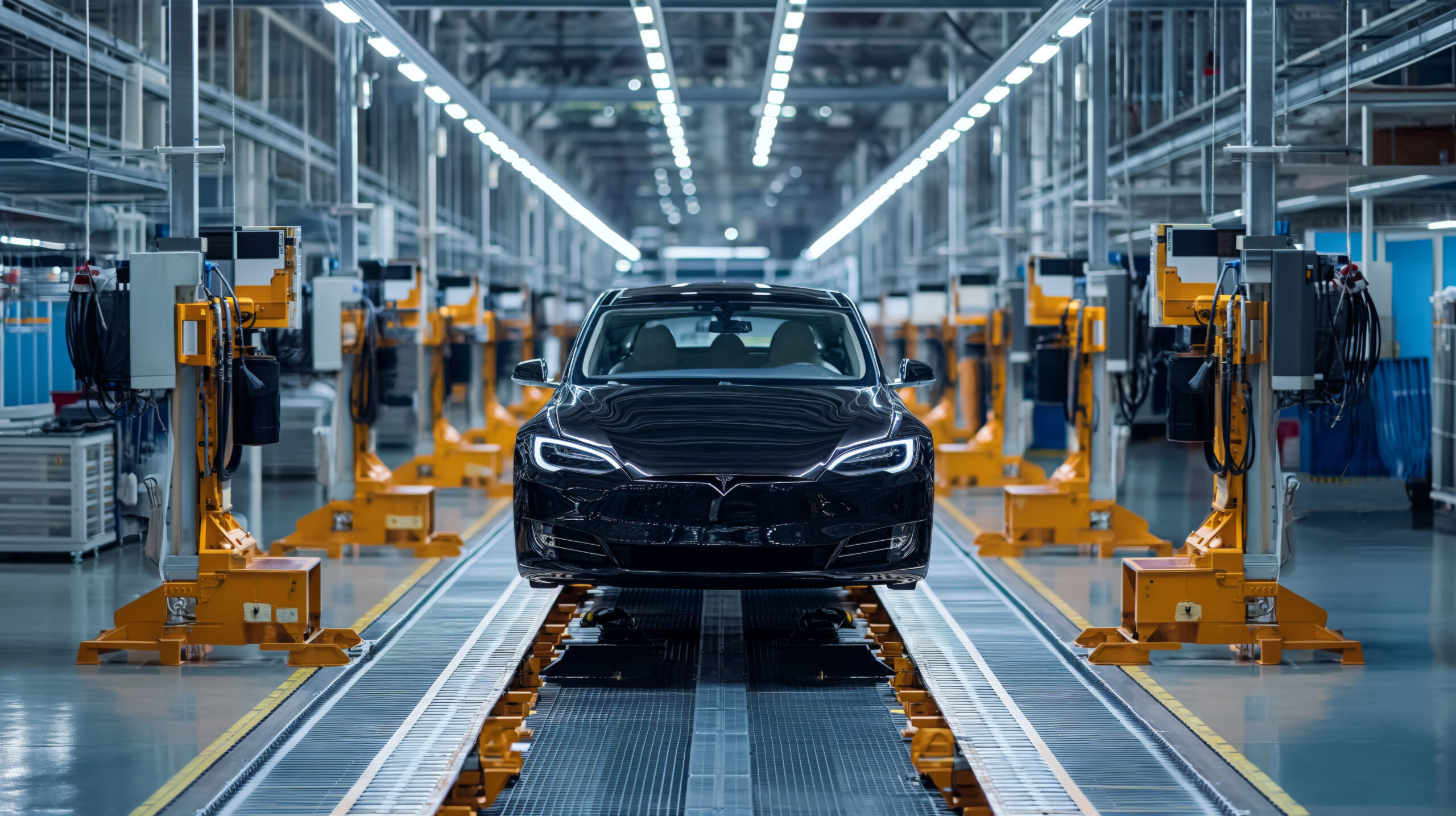Future of EVs in India by 2030: Opportunities and Implications for Ancillary Industries

Current Landscape
In FY 2024, EVs accounted for 1.7 million units of total vehicle sales in India. The market distribution saw e-2W (electric two-wheelers) contributing 58% of the total EV sales, followed by e-3W (electric three-wheelers) at 36%, and e-4W (electric four-wheelers) at 6%. The higher market penetration of e-3W can be attributed to favourable cost economics.
Growth Drivers
Several factors are propelling to the growth of EVs in India:
- Government Initiatives: Policies such as the EV policy, EMPS, and PMP focus on making India a manufacturing hub with a high share of component imports, while future developments aim to improve R&D to reduce critical component imports.
- Investor Support: There is robust backing from investors aimed at capacity expansion and technological advancements.
- R&D Focus: Significant emphasis on research and development (R&D) to foster innovation and reduce dependence on imports.
- Environmental Concerns: Increasing awareness and concern about environmental issues are driving the adoption of EVs.
- Consumer Confidence: Growing confidence among consumers in EV technology and benefits.
Market Projections
- e-2W Sales: Expected to reach approximately 11 million units by 2030, with capacity expansion growing to 15 million units from the current 3.6 million units. Localization levels are already over 50%, with an estimated investment of 700 million EUR from 2024 to 2030
- e-3W Market: Anticipated to double by FY 2030, offering significant opportunities for component suppliers
- e-4W Segment: OEMs are prioritizing investments in charging infrastructure, which is crucial for EV adoption. Import-dependent OEMs are also investing in localizing EV production
- E-Buses: Ambitious industry targets of achieving 40% penetration and the PM E-Bus Seva scheme, OEMs are planning further investments for capacity expansion
Ancillary Industry Implications
The exponential growth of the EV industry will have profound implications for ancillary industries:
- Auto Components: The industry has shown a 7% CAGR, with over 5.5 billion EUR investment announcements for EV powertrain components, essential for building a domestic supply base and import reduction.
- Battery and Motor Production: PLI push and indigenous battery and motor production, along with a domestic semiconductor manufacturing boom, makes India an attractive destination for EV component manufacturers.
- Localization and Capacity Augmentation: As the industry focuses on domestic production, there will be increased demand for allied industry participants, including machine builders and factory automation companies.
- Recycling and Waste Management: India's total demand for EV batteries from 2022 to 2030 is estimated at 380 GWh, with a recycling demand of 60 GWh. The new Battery Waste Management 2022 policy emphasizes Extended Producer Responsibility, creating significant investment opportunities in recycling infrastructure and technology.
India's EV industry is on the cusp of a significant transformation, driven by government targets and initiatives, investor interest, and increasing consumer adoption. Ancillary industries must strategically plan their involvement to capitalize on this growth. The shift from conventional automotive to EVs, coupled with official mandates for in-country value creation, will drive substantial investments in relevant ancillary sectors, thereby fostering an ecosystem conducive to sustained growth and innovation in the EV domain.
To gain a deeper understanding of the electric vehicle (EV) revolution and its impact on machinery suppliers, please download our comprehensive report "Future of EV and Implications for Machinery Suppliers".
For further insights and strategic discussions on this topic, we encourage you to connect with Ketan Jadhav and Anup Barapatre.
Latest
India’s CBG Boom: A Strategic Opportunity for Equipment Suppliers

India’s High-Performance Coatings Market as a Growth and Manufacturing Platform for Specialty Chemical Companies

Unlocking Feedstock Potential: Pathways to Reliable CBG Supply Chains in India

China’s October 2025 Export Controls: Strategic Implications for Global Industries


